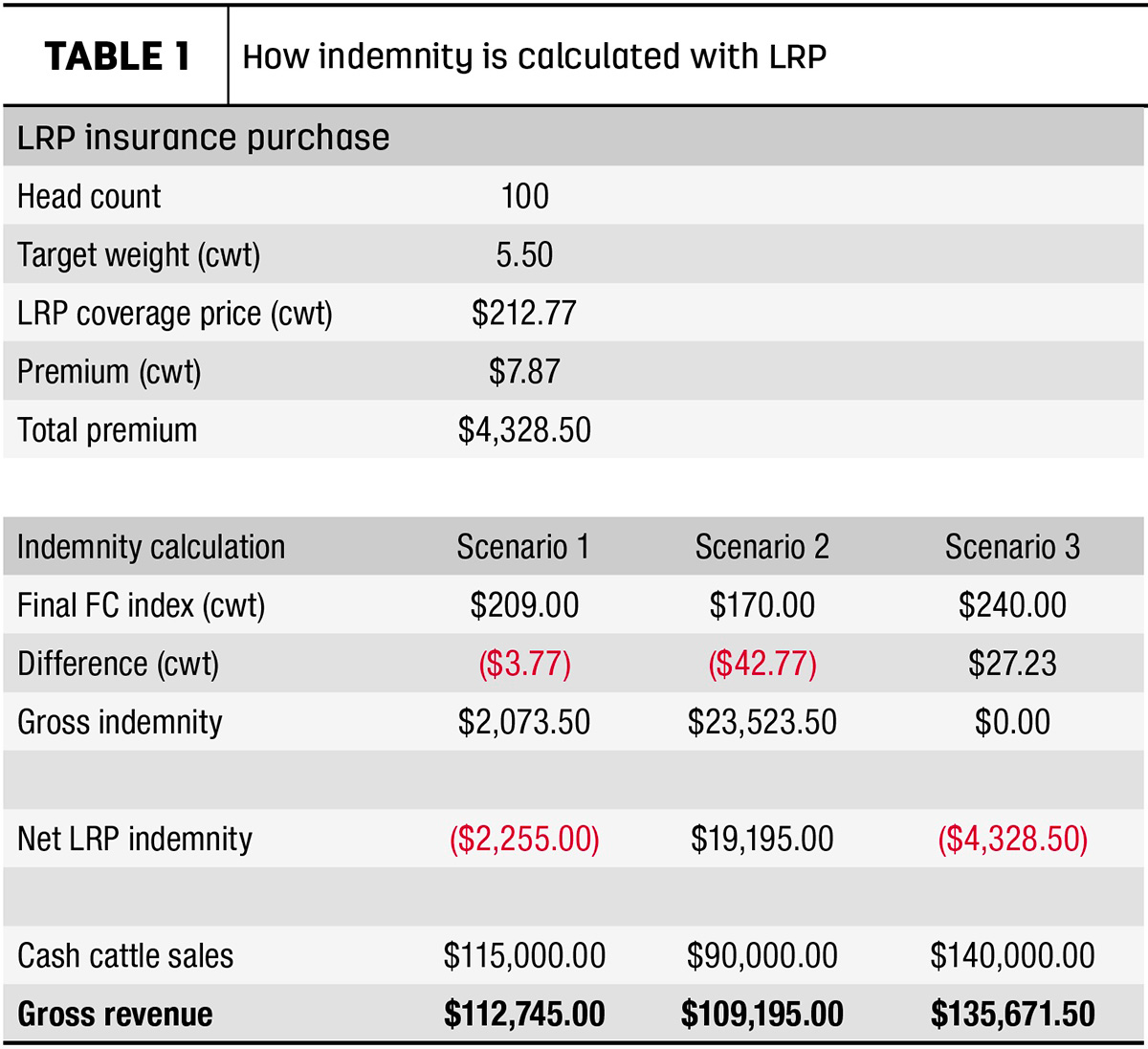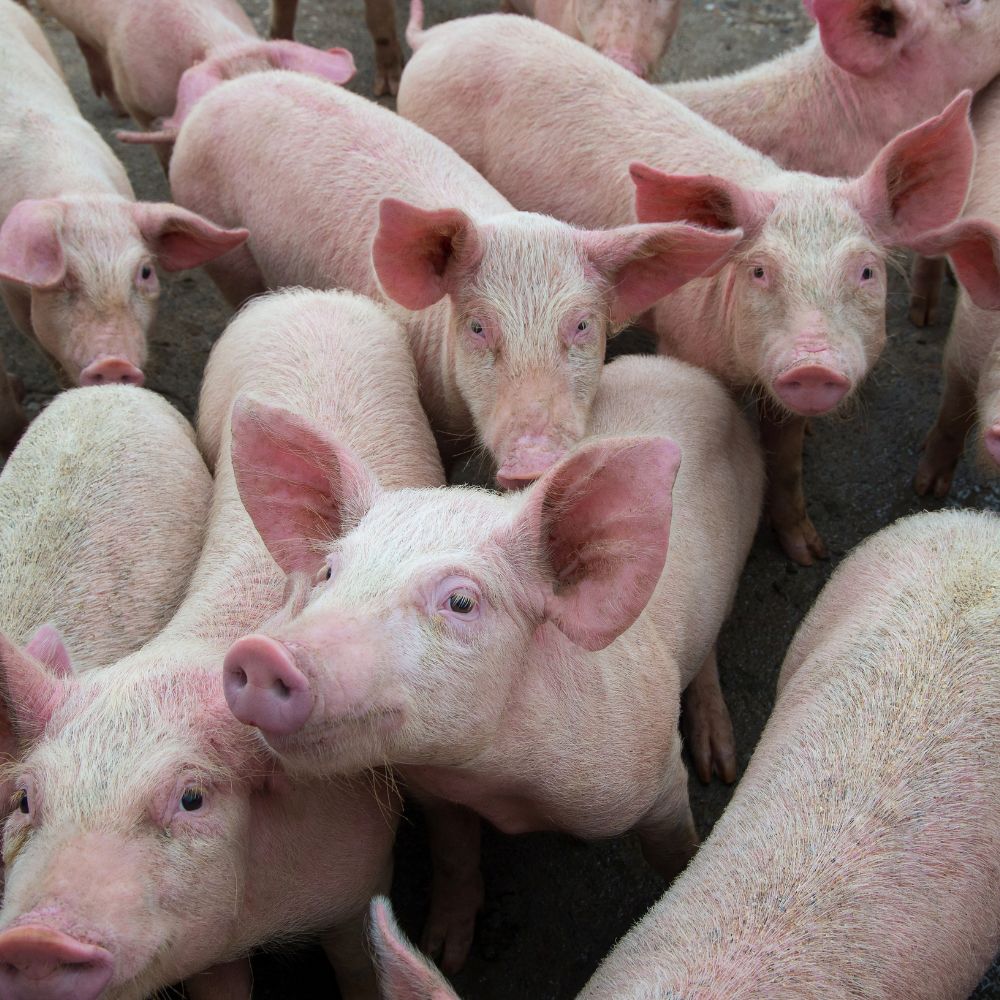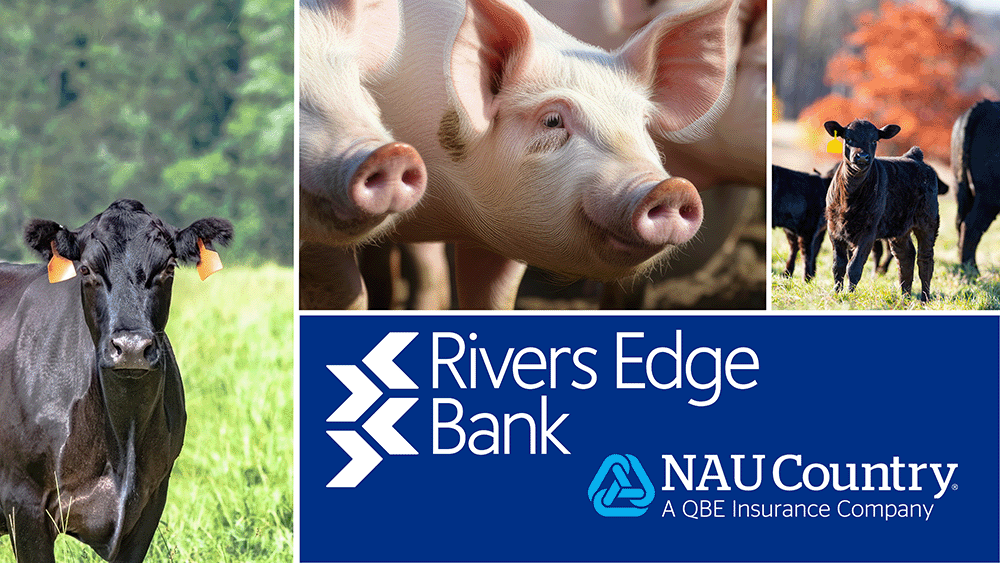Understanding Livestock Risk Security (LRP) Insurance Policy: A Comprehensive Guide
Browsing the realm of livestock risk defense (LRP) insurance policy can be an intricate undertaking for several in the agricultural field. From exactly how LRP insurance policy works to the numerous coverage choices available, there is much to reveal in this detailed overview that might possibly shape the method livestock producers approach risk management in their organizations.

Just How LRP Insurance Policy Functions
Sometimes, comprehending the technicians of Animals Risk Protection (LRP) insurance policy can be complex, but breaking down exactly how it works can offer quality for ranchers and farmers. LRP insurance is a threat monitoring tool developed to shield animals manufacturers versus unanticipated rate decreases. It's vital to keep in mind that LRP insurance is not an earnings warranty; rather, it focuses solely on price danger defense.
Qualification and Coverage Options

When it comes to protection alternatives, LRP insurance supplies producers the flexibility to select the coverage degree, protection period, and recommendations that best fit their risk management needs. By understanding the qualification standards and coverage alternatives offered, livestock manufacturers can make enlightened decisions to manage threat properly.
Benefits And Drawbacks of LRP Insurance Coverage
When assessing Livestock Threat Defense (LRP) insurance policy, it is crucial for livestock producers to evaluate the disadvantages and benefits fundamental in this risk monitoring device.

One of the key advantages of LRP insurance coverage is its capability to offer protection versus a decline in livestock costs. Additionally, LRP insurance coverage supplies a degree of adaptability, allowing manufacturers to tailor coverage degrees and policy periods to match their specific requirements.
One restriction of LRP insurance coverage is that it does not safeguard against all kinds of risks, such as illness outbreaks or all-natural disasters. It is vital for manufacturers to carefully examine their private risk exposure and financial circumstance to determine if LRP insurance is the appropriate risk management device for their procedure.
Recognizing LRP Insurance Coverage Premiums

Tips for Optimizing LRP Benefits
Taking full advantage of the benefits of Livestock Risk Protection (LRP) insurance policy calls for calculated preparation and positive threat management - Bagley Risk Management. To take advantage of your LRP protection, consider the complying with tips:
Regularly Evaluate Market Problems: Keep educated regarding market patterns and cost changes in the animals sector. By monitoring these elements, you can make informed decisions about when to purchase LRP coverage to protect against prospective losses.
Set Realistic Protection Levels: When picking insurance coverage degrees, consider your manufacturing prices, market price of livestock, and potential risks - Bagley Risk Management. Setting realistic insurance coverage degrees makes certain that you are effectively shielded without paying too much for unnecessary insurance coverage
Expand Your Insurance Coverage: As opposed to counting check these guys out solely on LRP insurance policy, take into consideration diversifying your danger administration strategies. Incorporating LRP with other danger monitoring tools such as futures agreements or options can offer thorough coverage against market unpredictabilities.
Review and Change Insurance Coverage Frequently: As market problems transform, occasionally examine your LRP coverage to guarantee it aligns with your existing risk direct exposure. Adjusting protection have a peek at this website degrees and timing of acquisitions can help optimize your danger security strategy. By adhering to these ideas, you can optimize the benefits of LRP insurance policy and secure your livestock operation versus unexpected risks.
Conclusion
In conclusion, animals risk defense (LRP) insurance is a useful device for farmers to handle the monetary threats related to their animals operations. By recognizing just how LRP functions, eligibility and coverage alternatives, as well as the pros and cons of this insurance coverage, farmers can make enlightened choices to shield their resources. By meticulously considering LRP premiums and implementing approaches to make the most of advantages, farmers can mitigate prospective losses and make certain the sustainability of their procedures.
Livestock producers interested in acquiring Livestock Danger Defense (LRP) insurance coverage can check out a range of eligibility requirements and insurance coverage options tailored to their specific livestock operations.When it comes to protection choices, LRP insurance policy provides manufacturers the flexibility to choose the insurance coverage degree, coverage duration, try this and endorsements that best fit their threat administration demands.To comprehend the intricacies of Animals Risk Security (LRP) insurance policy totally, recognizing the aspects affecting LRP insurance coverage premiums is critical. LRP insurance policy premiums are identified by various elements, consisting of the insurance coverage level chosen, the anticipated cost of livestock at the end of the coverage duration, the type of livestock being guaranteed, and the length of the insurance coverage duration.Review and Readjust Coverage Consistently: As market conditions alter, occasionally assess your LRP insurance coverage to guarantee it lines up with your existing threat exposure.